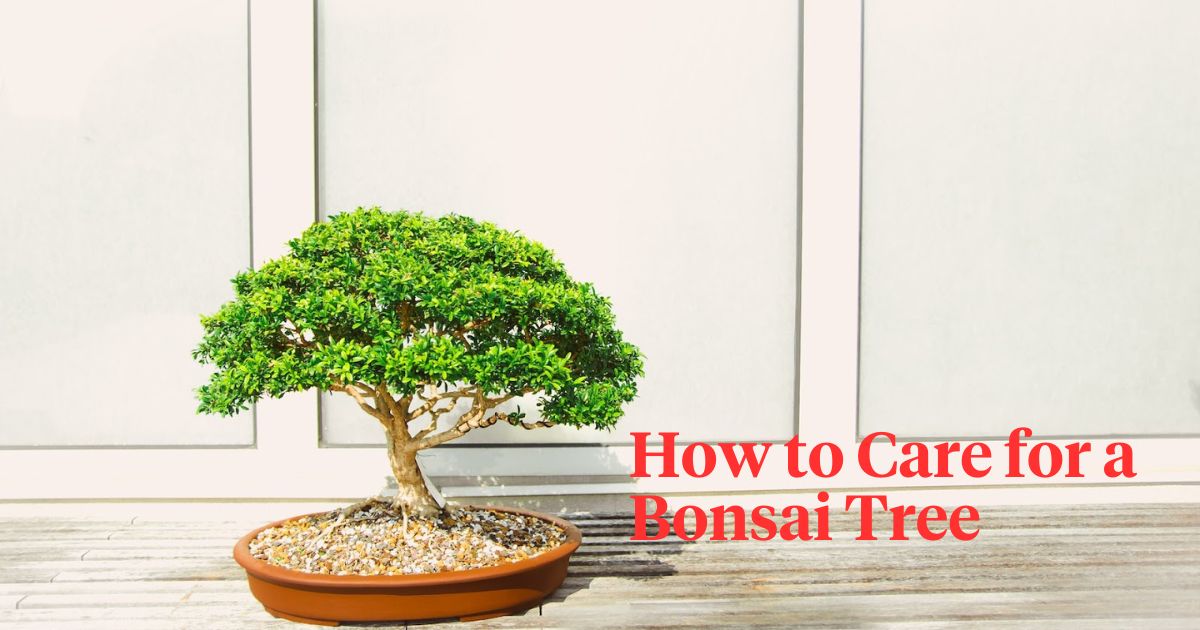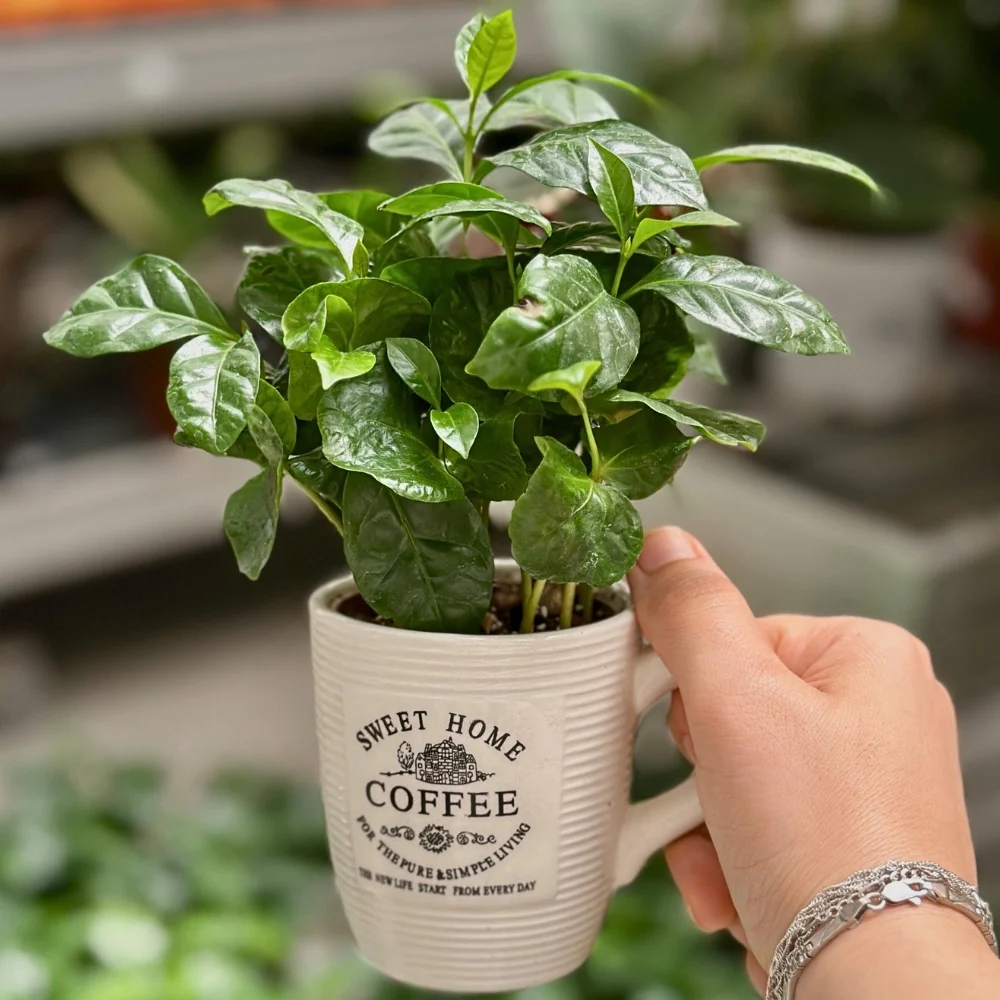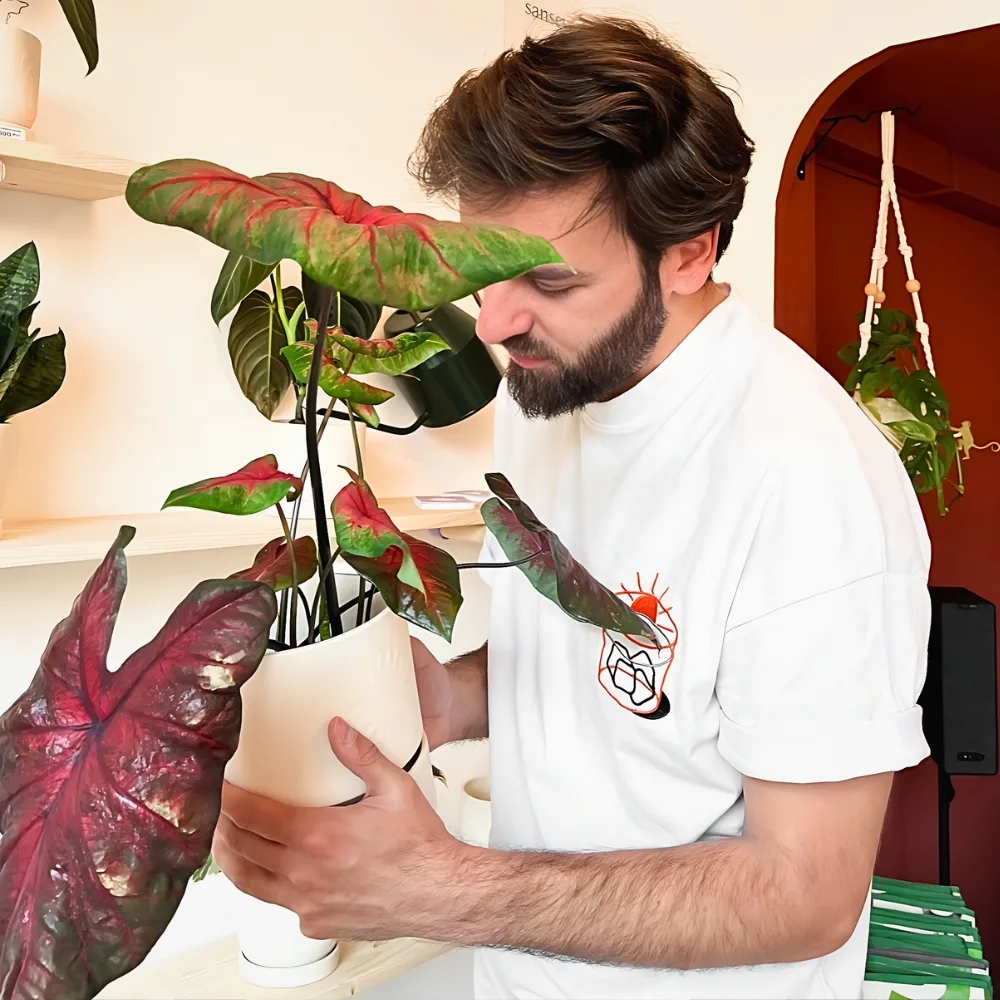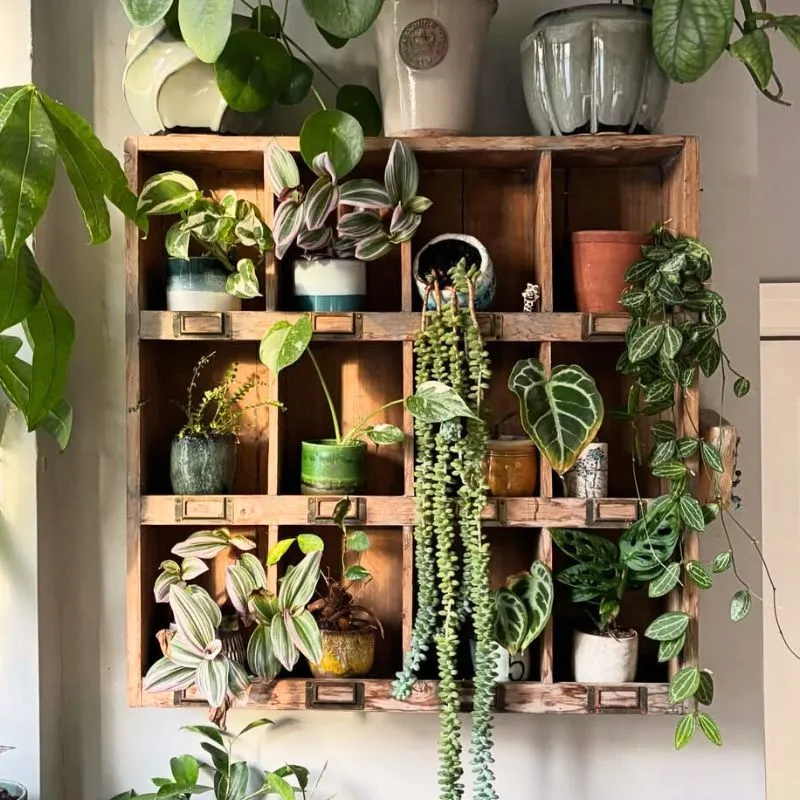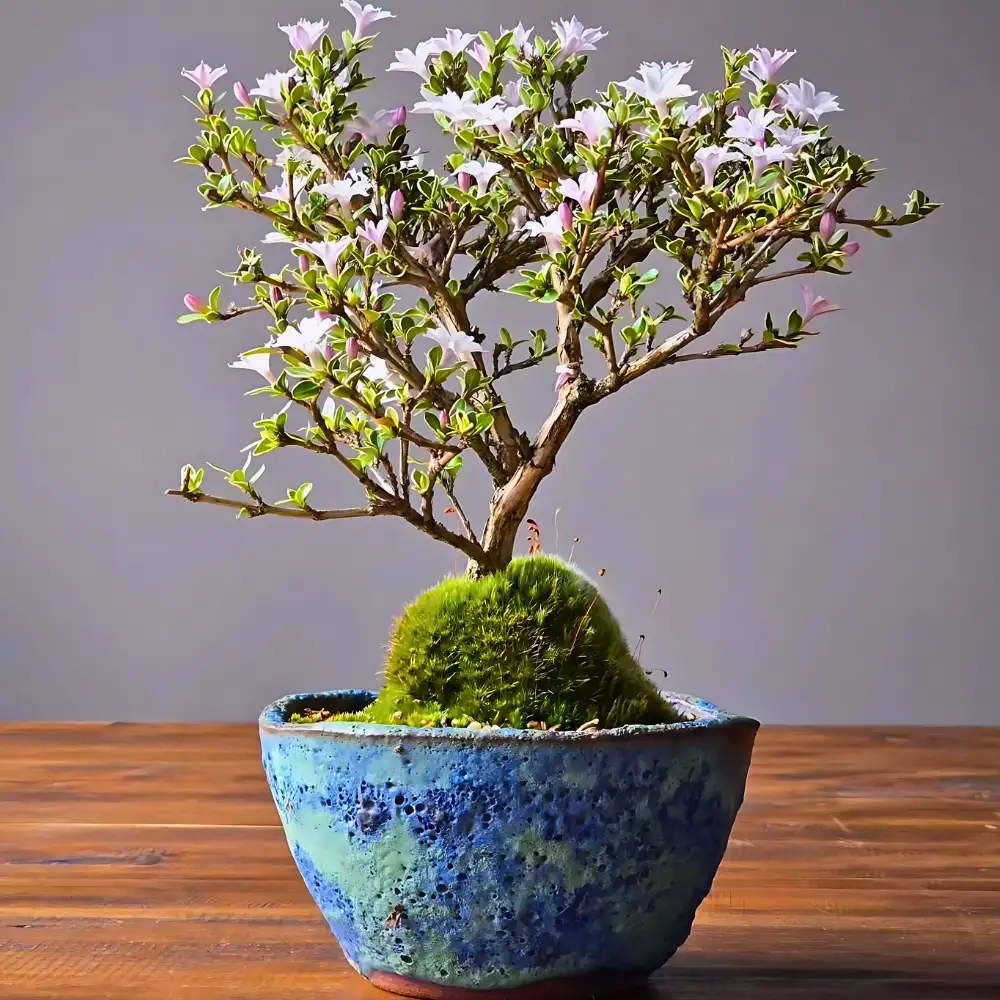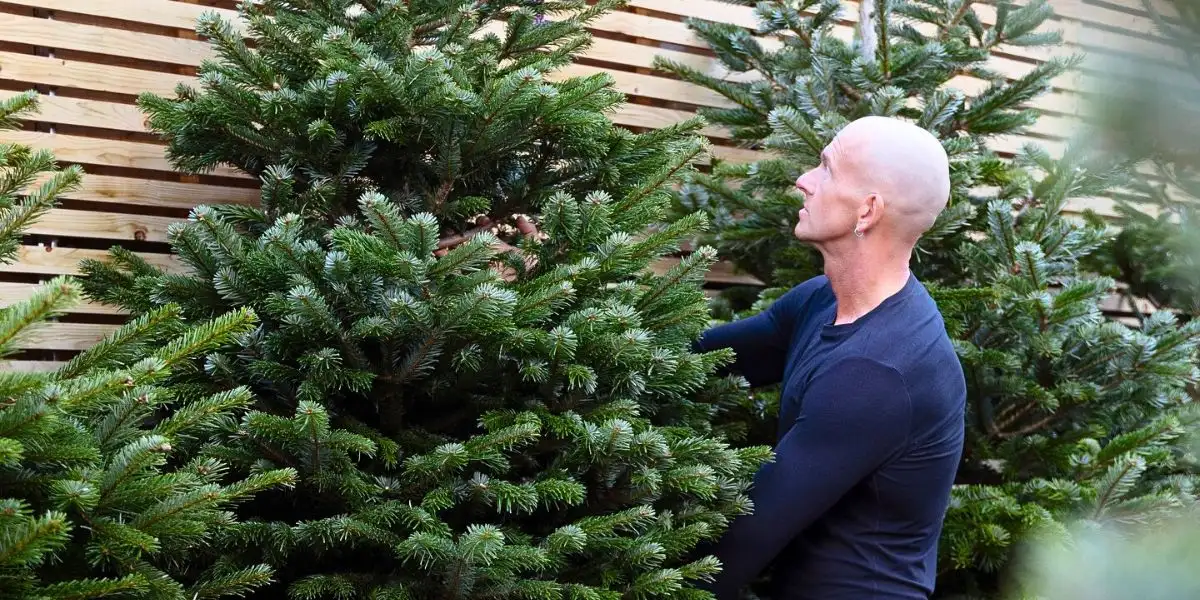Bonsai is a culture that requires special skills to grow dwarf plants with a unique appearance. There are several varieties of bonsai, but the most common is Benjamin. Each variety requires care and growing conditions. If you do everything right, you can get an original tree even from a ficus.
It is not enough to buy a miniature tree, get a young seedling, or root cuttings of your favorite species. It is important to know how to care for a bonsai tree.
The main task of the florist is to establish watering of bonsai and is not easy to cope with a small volume of soil and a shallow pot filled with roots.
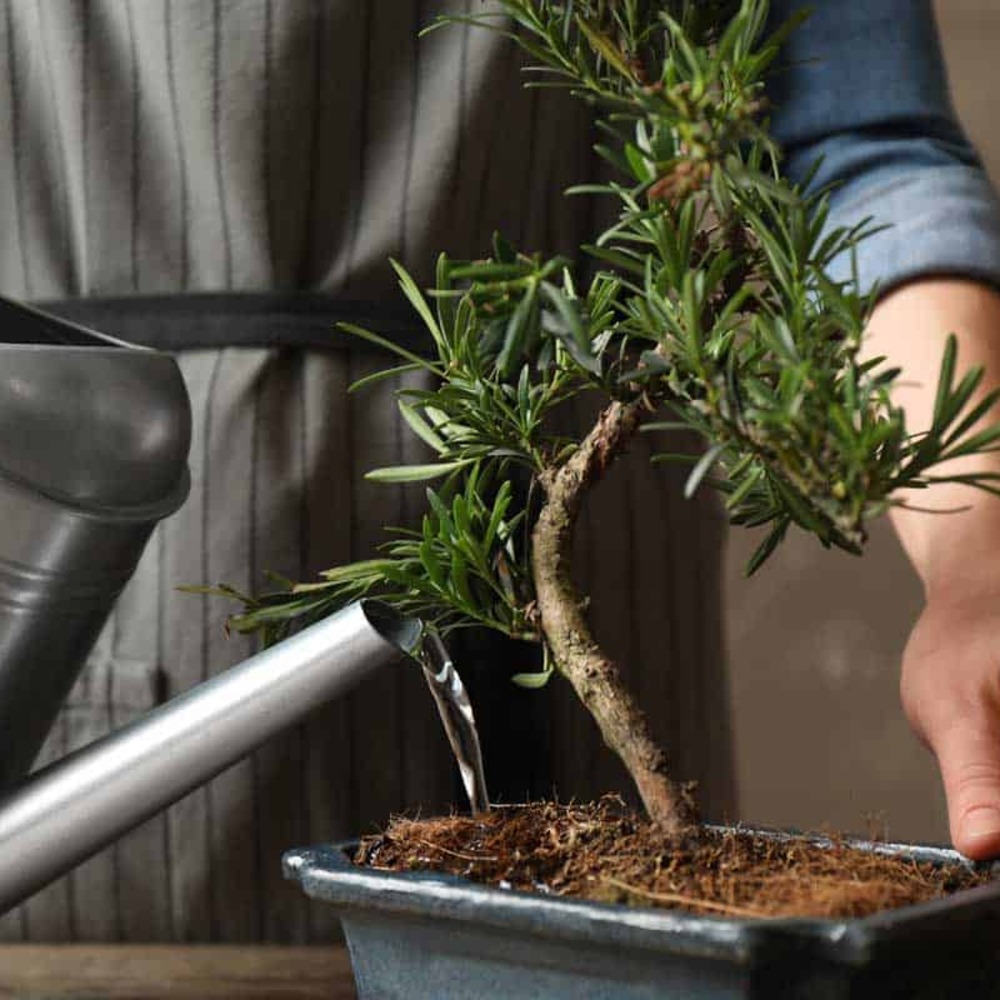
Bonsai crown shaping
Bonsais are indoor plants that need constant pruning. This provides external attractiveness and the ability to control growth. There are different forms of bonsai.
How to form a bonsai by yourself:
- There should be no more than 6 pairs of leaves on each shoot. You can start at the top, as this is where you remove the maximum number of excess shoots.
- Be sure to prune branches that are too long, dry, gaunt, damaged, and colorless.
- Remove offshoots that are turned toward the trunk in the direction of growth.
- With scissors, it is worth removing excess leaves if there are areas of dense formation on the branches.
Shaping bonsai is also about the beautiful curve of the trunk, and branches. This can only be achieved with the help of wire. The shoots and trunk are tied together with stiff wire. As it grows, the shape of the wire changes and will guide the growth of the branches as well as their shape. Skills and hours of hands-on experience are required.
Humidity maintenance
It's an outdated cliché, but it is an essential ingredient for growing a healthy tropical bonsai plant that has been moved indoors. After you buy bonsai, you should recreate its natural environmental conditions by spritzing the foliage liberally with clean, room-temperature water. Besides, consider using a small fan to allow air to circulate around your plant.
In order to maintain the proper humidity at all times, consider placing your bonsai on a moisture retention tray, which can be nothing more than a plate or stand filled with rocks or expanded clay. If you decide to use a tray, make sure that the water does not reach the bottom of the bonsai pot. It should not be submerged in water. As the water evaporates, it will continually moisten the air around your plant.
Insect protection
Spider mites, aphids, and powdery mildew are all potential pests that can harm your plant in winter as well. Don't worry, everything can be fixed if you start treatment early. If insects settle near your bonsai, use insecticidal soap to spray and treat the plant. For some species, this soap is dangerous and can cause damage, so try using it on a few leaves before treating the entire plant. You can find this soap at most hardware stores. Be sure to follow the directions and use it once every 5-7 days.
Many bonsai enthusiasts use neem oil. This insecticide interferes with the normal development of insects. It is what we use on our trees. You can use any spray bottle or a special pest control sprayer to apply neem oil. Many pests hide under the leaves where you can't see them. So try to spray under the leaves of your plants to get to the hidden pests and their eggs.
Importance of lighting
Indoor bonsai can often lack the light they need to grow during the winter months, even if they are standing in front of a window. Outside light is provided not only by the direct sun but also by rays that are reflected from nearby objects. Of course, this cannot be recreated indoors, but you can give exactly what your plant needs.
Place the bonsai in the sunniest spot in your home a few inches away from a window to prevent excessive heat or hypothermia from drafts. This is usually sufficient for indoor plants. However, you may want to add lighting from a fluorescent bulb or plant light if your bonsai starts to look bad. Place the lamp 6 inches above the plant and use it 12 hours a day to increase the amount of sunlight absorbed by the plant. If there is little sun outside the window, the light from the lamp will be sufficient.
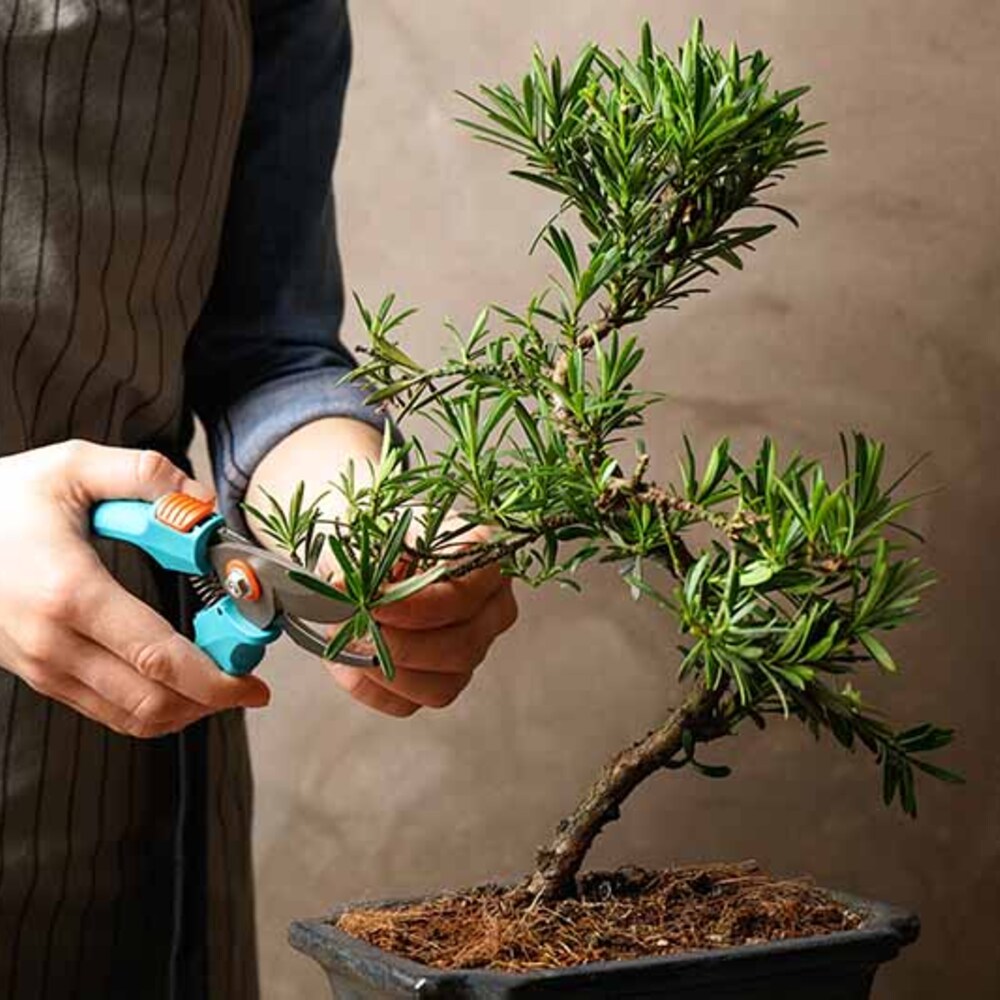
Pruning
In order to maintain an attractive appearance, regular crown shaping should be carried out, removing vertical shoots that "break out" of the "green cloud". Shaping pruning is best done in spring or fall, and excess leaves should be pinched off in summer.
To get the characteristic bonsai crown shape, it is radically pruned on one side, which stimulates the growth and development of branches on the opposite side.
A young tree that is not yet woody can be given any desired shape by guiding the trunk in the desired direction with a soft wire.
How to choose a pot for bonsai
A shallow ceramic pot with drainage holes in the base twice the size of regular pots is preferred for growing bonsai.
The size of the pot should be proportionate to the bonsai, not visually larger than the plant. Experts advise that the larger the pot size you choose, the easier it will be for you to cultivate bonsai at home.
The glaze decorating the pot should only be on the outside. The inside of it should just be smooth, as clay or ceramic has the property of retaining moisture.
If you choose an elongated pot shape - rectangular or oval, it is recommended to plant the plant closer to one of the edges to create an asymmetry in the direction of root and trunk growth.
Conclusion
Bonsai has become a really popular indoor plant in recent times. You can find over 1200 books in 26 languages about Bonsai trees. Besides, there are over 50 print periodicals in different tongues, and five on-line magazines in English.
The status of exclusivity and eliteness inherent in bonsai does not change today. High prices, many years of formation, labor, and love invested in miniature copies of trees and shrubs, endow them with a special magic. If earlier bonsai was considered a status attribute of luxury, today it is spreading more and more, overcoming any cultural and social framework. The only thing is to follow the bonsai care tips, and then you can enjoy its beauty every day for a long time.

